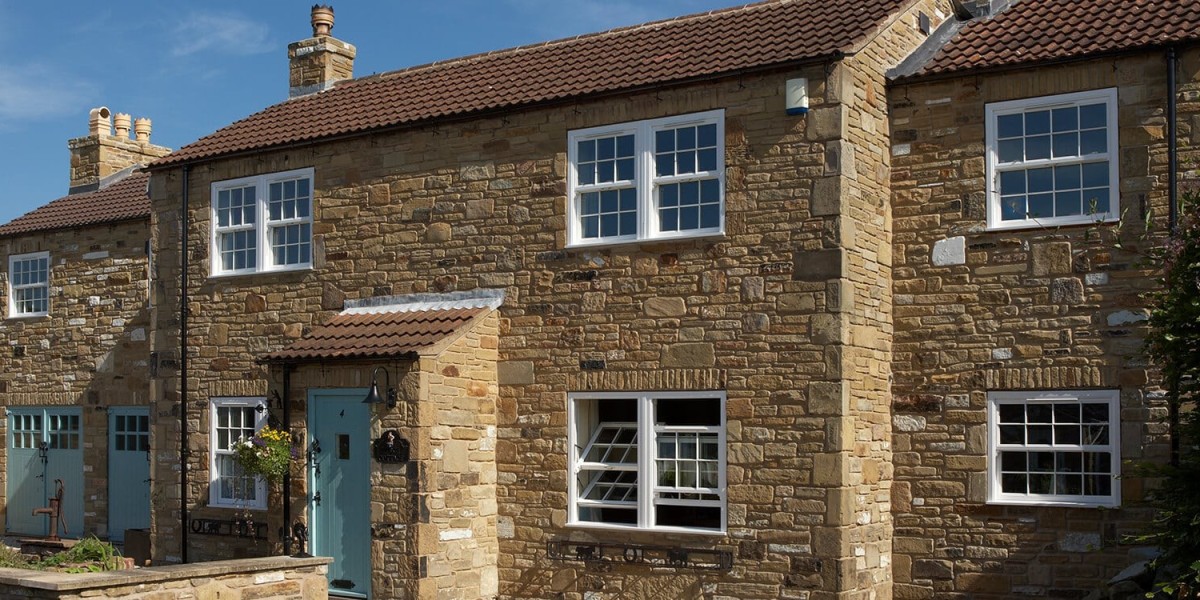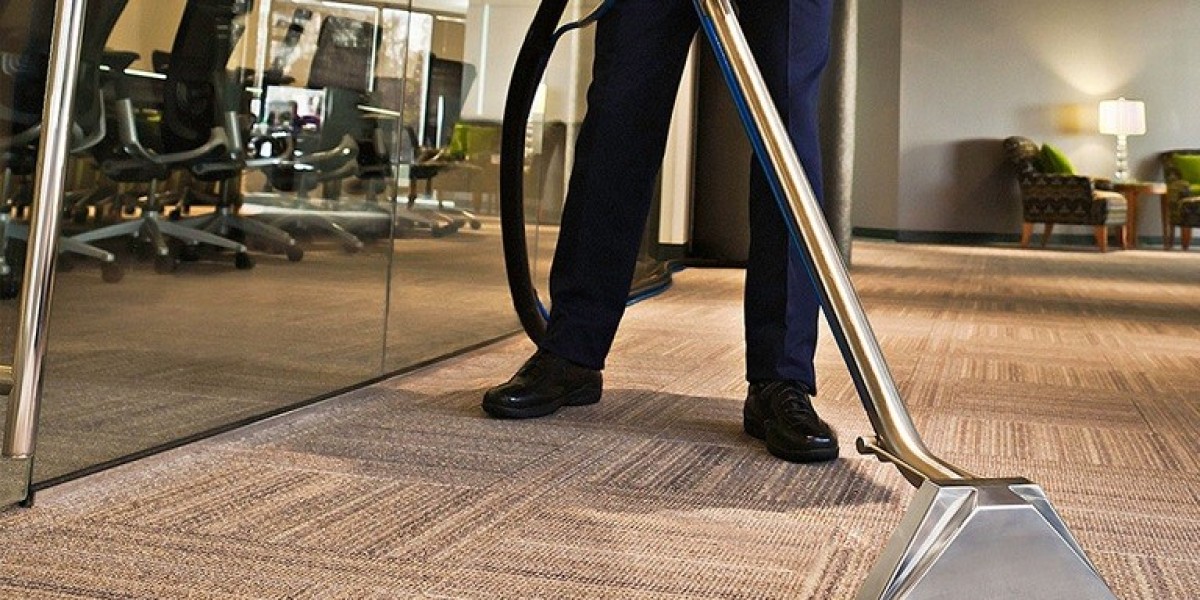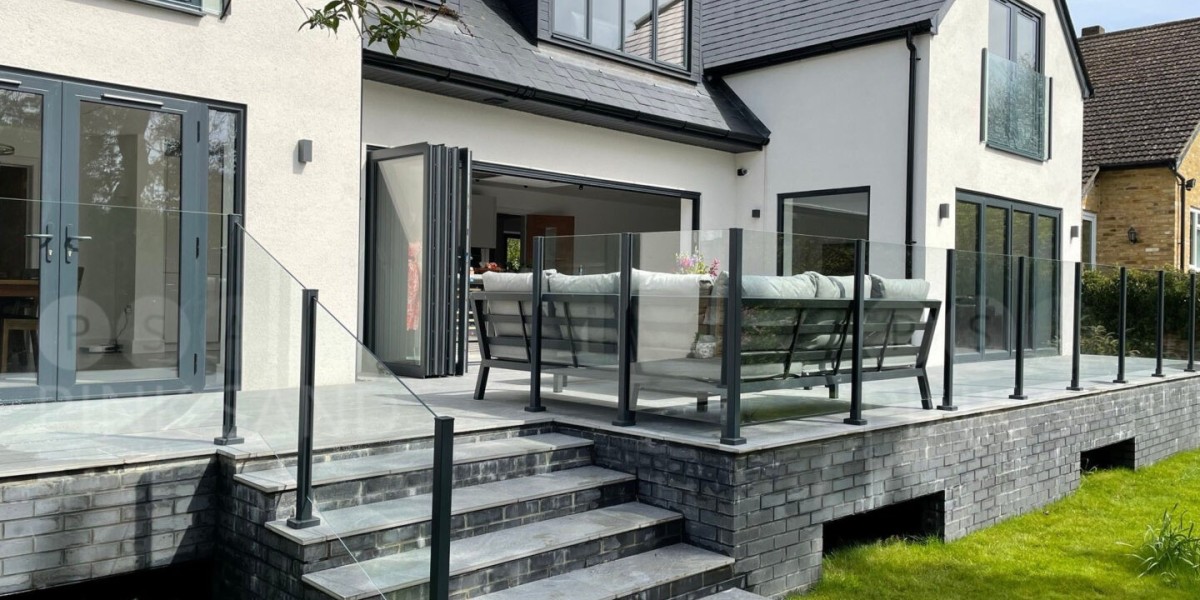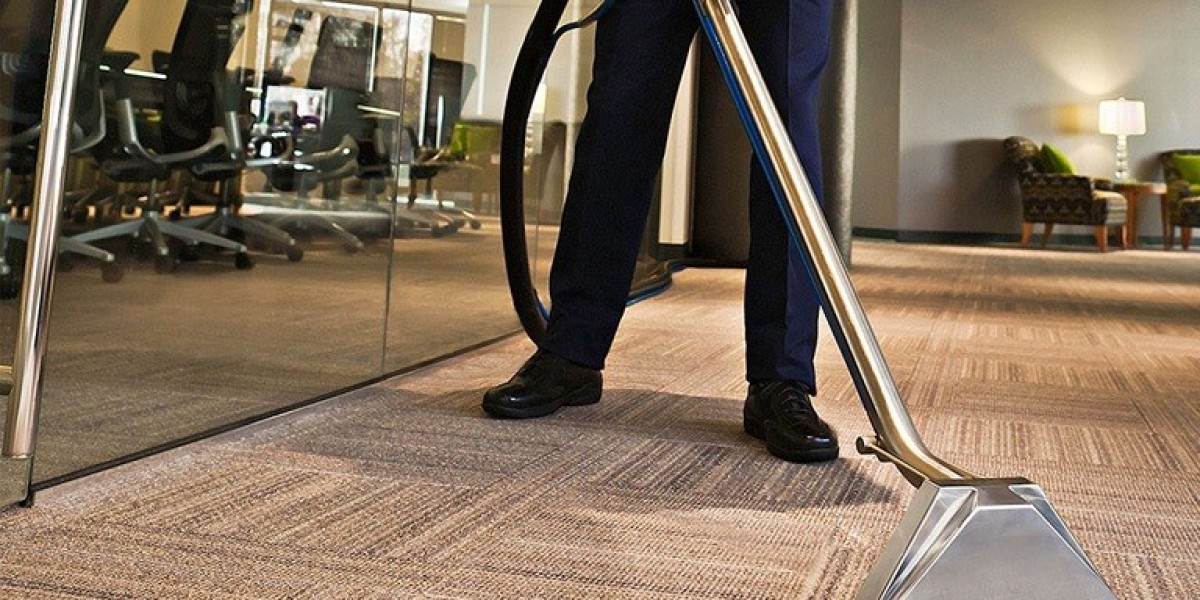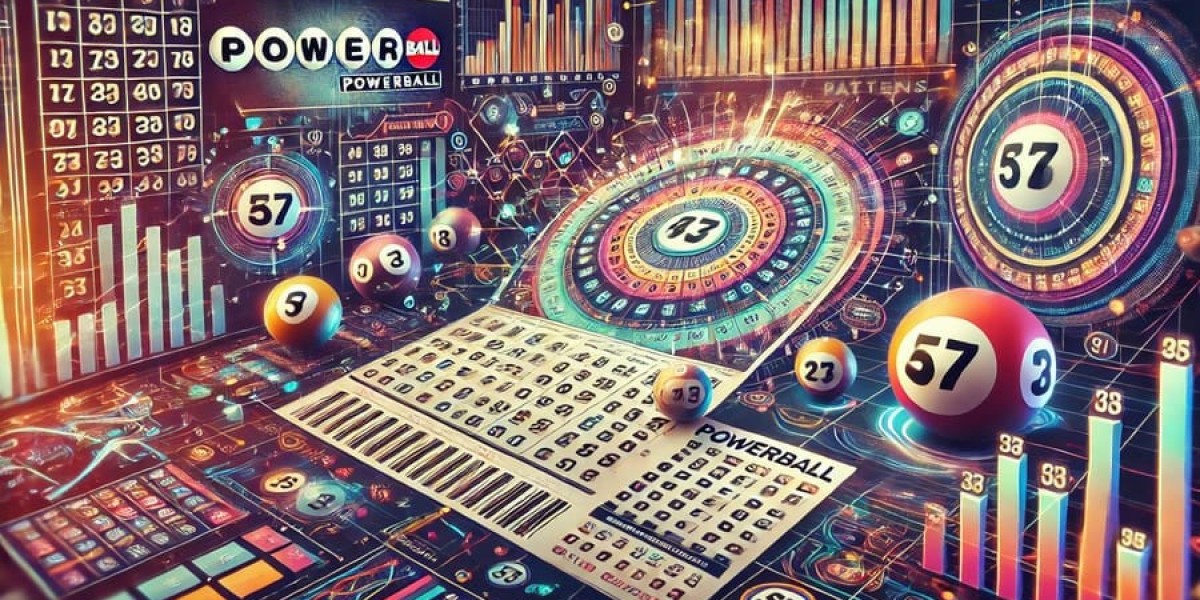Introduction
UPVC (Unplasticized Polyvinyl Chloride) windows have gained significant popularity in the construction and renovation industry over the past few decades. Known for their durability, energy efficiency, and low maintenance requirements, UPVC windows offer a compelling alternative to traditional materials such as wood and aluminum. This article explores the composition, advantages, applications, and future trends of UPVC windows, providing a comprehensive understanding of their role in modern architecture.
Composition and Manufacturing Process
UPVC is a rigid form of polyvinyl chloride that does not contain plasticizers, which makes it more robust and suitable for building applications. The manufacturing process of UPVC windows involves several steps, including the extrusion of profiles, fabrication, and assembly. During extrusion, raw UPVC resin is heated and forced through a die to create window frames and sashes. These profiles are then cut to size, reinforced with steel for added strength, and assembled with various hardware components.
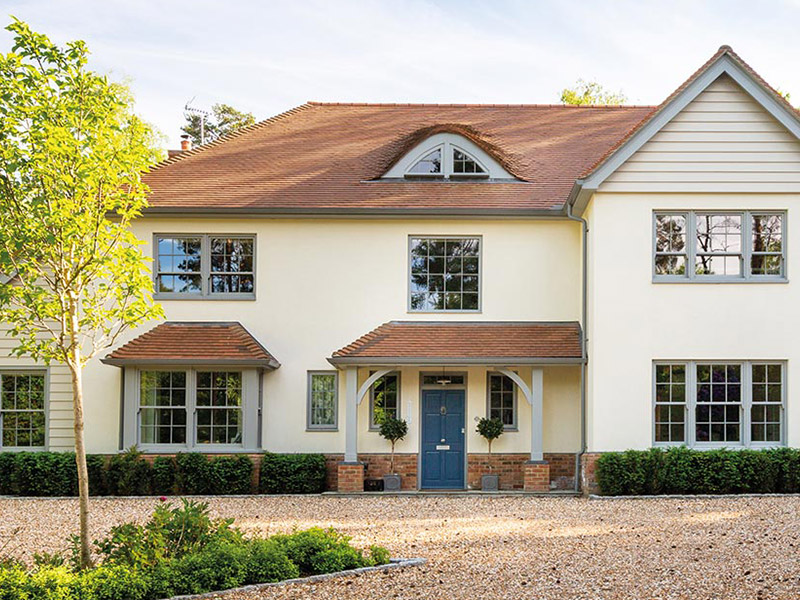
The use of additives during the manufacturing process enhances the performance of UPVC windows. For example, UV stabilizers are included to prevent discoloration and degradation from sunlight exposure, while thermal stabilizers improve the material's resistance to temperature fluctuations. The result is a window product that is not only aesthetically pleasing but also functional and long-lasting.
Benefits of UPVC Windows
1. Energy Efficiency
One of the primary advantages of UPVC windows is their energy efficiency. UPVC frames are excellent insulators, reducing heat transfer between the interior and exterior of a building. This insulation capability helps maintain comfortable indoor temperatures, leading to lower heating and cooling costs. Additionally, double or triple-glazed UPVC windows further enhance energy efficiency by minimizing heat loss and preventing condensation.
2. Durability and Weather Resistance
UPVC windows are highly resistant to weathering, corrosion, and pests. Unlike wooden windows, which can warp, rot, or be damaged by insects, UPVC windows maintain their structural integrity over time. They are also impervious to moisture, which prevents the growth of mold and mildew. This durability makes UPVC windows a long-term investment, as they require minimal replacement or repairs.
3. Low Maintenance
Another significant benefit of UPVC windows is their low maintenance requirements. Unlike wood, which needs regular painting and sealing, UPVC windows can be easily cleaned with soap and water. They do not need to be painted or stained, https://stevenagetowncentre.com/events/armed-forces-day-1/ and their color is consistent throughout the material, ensuring that they retain their appearance for years. This ease of maintenance is particularly advantageous for homeowners and property managers looking to reduce upkeep costs.
4. Sound Insulation
UPVC windows provide excellent sound insulation, making them ideal for properties located in noisy environments, such as urban areas or near busy roads. The multi-chambered design of UPVC frames, combined with double or triple glazing, effectively reduces noise transmission, creating a quieter indoor environment.
5. Aesthetic Versatility
UPVC windows are available in a wide range of styles, colors, and finishes, allowing for customization to suit various architectural designs. Whether it’s a modern apartment or a traditional house, UPVC windows can be tailored to meet aesthetic preferences without compromising functionality. Additionally, advancements in manufacturing techniques have enabled the production of UPVC windows that mimic the appearance of wood, providing a classic look without the associated maintenance issues.
Applications of UPVC Windows
UPVC windows are suitable for various applications, including residential, commercial, and industrial buildings. In residential properties, they are commonly used in new constructions and renovations due to their energy efficiency and aesthetic appeal. In commercial settings, UPVC windows are favored for their durability and low maintenance, making them ideal for office buildings, retail spaces, and educational institutions.
Furthermore, UPVC windows are increasingly being used in eco-friendly building projects. Their energy-saving properties contribute to green building certifications, such as LEED (Leadership in Energy and Environmental Design). As sustainability becomes more critical in construction, UPVC windows are well-positioned to meet the demands of environmentally conscious consumers.
Future Trends in UPVC Windows
The UPVC window market is continuously evolving, driven by advancements in technology and changing consumer preferences. Several trends are shaping the future of UPVC windows:
1. Smart Technology Integration
As smart homes become more prevalent, the integration of technology into UPVC windows is expected to grow. Features such as automated opening and closing mechanisms, integrated sensors for temperature and humidity, and smart locks will enhance the functionality and convenience of UPVC windows.
2. Enhanced Energy Efficiency
Ongoing research and development are focused on improving the energy efficiency of UPVC windows. Innovations such as improved glazing technologies, better thermal breaks, and the use of sustainable materials in manufacturing are expected to enhance the performance of UPVC windows, making them even more energy-efficient.
3. Sustainability and Recycling
The demand for sustainable building materials is on the rise, and UPVC windows are no exception. Manufacturers are exploring ways to create recyclable UPVC products and reduce the carbon footprint associated with their production. The development of closed-loop recycling systems, where old UPVC windows are collected and reprocessed into new products, is an emerging trend that aligns with global sustainability goals.
4. Customization and Design Flexibility
As consumer preferences shift towards personalized living spaces, the demand for customizable UPVC window solutions will increase. Manufacturers are likely to offer more design options, including unique shapes, sizes, and finishes, allowing homeowners and architects to create bespoke solutions that meet specific aesthetic and functional requirements.
Conclusion
UPVC windows represent a significant advancement in building materials, offering a combination of energy efficiency, durability, low maintenance, and aesthetic versatility. As the market continues to evolve, the integration of smart technology, sustainability initiatives, and customization options will further enhance their appeal. With their numerous benefits and applications, UPVC windows are likely to remain a popular choice in both residential and commercial construction for years to come.

